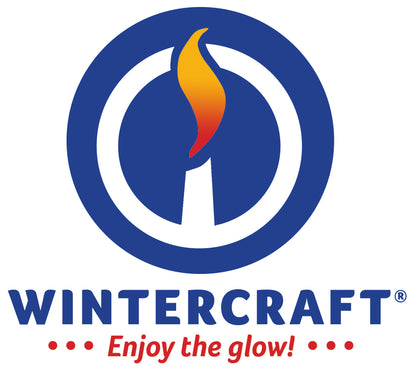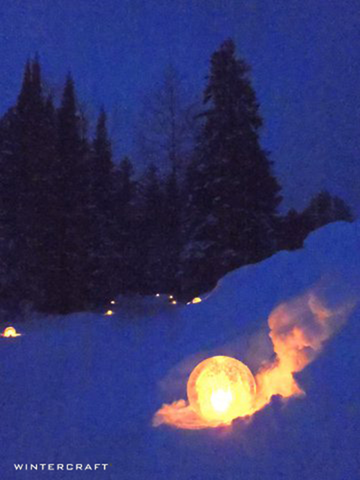
Like us on Facebook | Tag on Instagram: #wintercraftcommunity #wintercraftpics #icewrangler

For those in warmer climates, the following may not resonate, but for many of us who live in the north, snow is the axis around which an exciting winter revolves.
Thank goodness Mother Nature has been kind to Minnesota this year and has sent us a nice amount of snow. I say nice, because too much snow makes it difficult for those with physical challenges, while too little snow grinds our snow-based culture to a halt.
SNOW, paired with skis, snowboards, snowshoes and sleds, allows us the ability to frolic and work easily on hardened landscapes.
SNOW moves our economy for the above reason, as well as it puts people to work who are tasked with moving it out of the way for walkers, bikers and drivers.
SNOW makes a grey world more beautiful--crystals that shine in the day and turn the blackness to a magical blue at night.
And, SNOW is the big soft blanket that covers the earth and protects all the living things through the cold months . . . in other words, it insulates us.
For Globe Ice Lantern makers, it is the insulating quality of snow that helps make the process easier. By placing the freezing base with a water-filled Wintercraft balloon in fluffy snow to freeze, the bottom will stay unfrozen better than on other surfaces.
Why is an unfrozen bottom important?
1. When feeling the bottom of the balloon, it allows us to better judge how thick the ice lantern is before we cut open the balloon.
2. An opening in the bottom of the globe, provides an easy way to release the water from the globe of ice that forms inside the balloon.
3. An open bottom offers a quick chimney when lighting the Globe Ice Lantern in the traditional fashion.
4. An open bottom can be placed over a candle which creates a chimney in the top of an ice lantern when lighting for improved wind resistance and aesthetics.
In the Wintercraft kit instructions, we advise to place the freezing bases on snow or frozen ground and NOT on decks or stonework. The reasoning lies in the insulating quality of those surfaces. Decking and stonework do not offer any insulation and the bottoms of the ice lanterns will freeze solid.
Frozen ground and packed snow offer some insulation and should keep the bottoms unfrozen, but fluffy snow is the best surface. It is filled with air--a natural insulator.
So when you are choosing the spot to place your freezing bases and water-filled Wintercraft balloons, aim for fluffy snow, if it is available!
TIP #1: If the only surface available is decking or stone/cement, place the freezing base and water-filled Wintercraft balloon on the Insulation Disk from the kit. (As the Insulation Disk is meant for use in a freezer, to keep it from freezing to a surface, first place the Insulation Disk in a plastic bag before positioning the freezing base and balloon on top.)
TIP #2: Make sure to clear away snow from the sides of the balloon if it sinks into the snow or the top of the balloons after a snowfall, as snow will keep those surfaces from freezing, too!
Enjoy the Glow!
***
©Wintercraft. All Rights Reserved. This blog post may be linked to and credited, however, the contents including all photos, videos and text may not be reproduced in any form without written permission.
Comments will be approved before showing up.